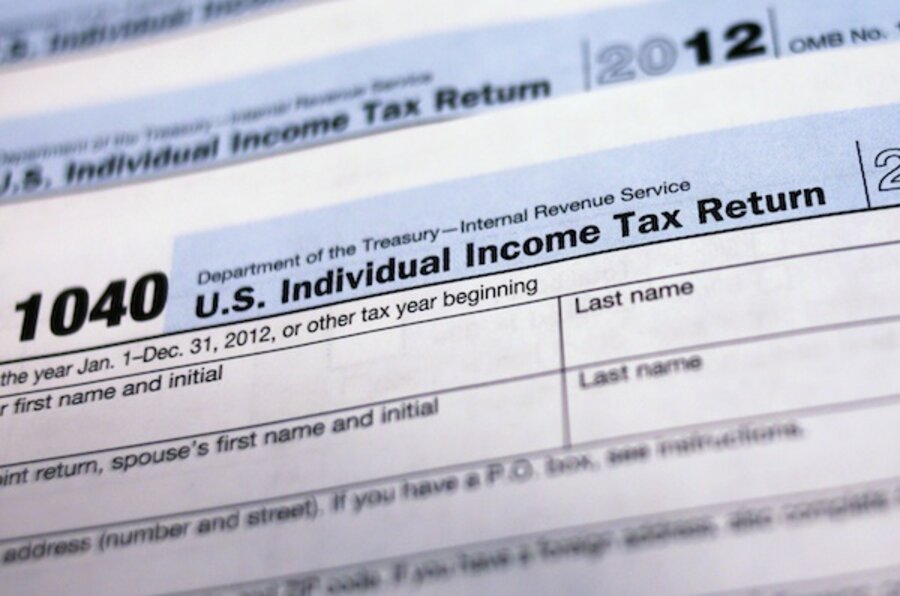Who benefits from the biggest tax expenditures?
Loading...
Who benefits from the tax credits, deductions and exclusions that have become such an integral part of the modern tax code? Nearly all of us. And that’s why any tax reform that eliminates or scales back many of these preferences in return for lower tax rates is so hard to do.
The Tax Policy Center has just updated its estimates of the effects of ten of the biggest tax expenditures. And we’ve found great variation among the benefits—the rich get an outsized share of the subsidy from some, while low-income households enjoy most of the benefits of others. Here is a look a just a few—all reflecting 2015 taxes:
The Earned Income Tax Credit: Almost three-quarters of the benefits of this one go to households making between $10,000 and $40,000. This should not be a surprise since the EITC is refundable and aimed at low-wage working households. For instance, those making between $20,000 and $30,000 get an average tax cut of about $900, which is three-quarters of their total tax bill. By the time a household makes $75,000, the EITC is essentially worthless.
The Home Mortgage Interest Deduction: The biggest winners are the upper middle-class and merely wealthy rather than the super-rich. The one percenters do just fine thank you, but because the value of the deduction is limited to the first $1.1 million of mortgage debt, the deduction reduces their average tax rate but just a few tenths of a percent. By contrast, a household making between $200,000 and $500,000 gets an average tax reduction of about $3,300 and can knock its average income tax rate down by almost a full percentage point.
The Exclusion of Employer-Sponsored Health Insurance: While high-income households get the biggest benefit in dollar terms, those squarely in the middle get the largest reduction in their average tax rate. Because health insurance is such a large share of their total income, households making $40,000-$50,000 pay an effective rate that is 1.3 percentage points lower than they would if their employer gave them cash instead of insurance.
The Charitable Deduction: This one overwhelmingly benefits top bracket taxpayers. Low income people donate a relatively big chunk of their earnings. But since 70 percent of taxpayers don’t itemize, the money they toss in the collection plate or drop in the Salvation Army bucket isn’t deductible to them at all. Thus, the average tax benefit for those making $75,000 or less is well below $100.
The rich also give away a relatively big chunk of their income. But they do itemize. In addition, because their tax rate is higher, so is the value of the deduction. As a result, those making $1 million or more get an average tax break of $28,000 from the charitable deduction and reduce their average tax rate by almost one percent. Another way to look at it: Those making $1 million or more represent 0.4 percent of all households but enjoy one-third of the benefit of the charitable deduction.
State and local tax deduction: This one is effectively worthless for households making less than $50,000 but sweet for those in the upper brackets. This time, that 0.4 percent of taxpayers making $1 million-plus get about 28 percent of the tax benefit—or an average tax cut of about $40,000. Households making $100,000 to $200,000 reduce their average tax rate by about 0.5 percent.
Overall, those making $100,000-plus get 90 percent of the benefits of the state and local tax deduction. Thanks to the Alternative Minimum Tax, many upper income taxpayers lose some benefit of the state and local tax deduction. But since the uber-rich are less likely to be on the AMT than the merely wealthy, the alternative tax magnifies their benefit.
One technical note: These tables reflect our new expanded measure of income so shouldn’t be compared with the older numbers we ran in past years on the distribution of tax expenditures. The tax breaks didn’t change, but the way we measure income did.
Take a look at the tables for yourself but the story is pretty clear: There is a tax expenditure under the holiday tree for just about everyone.







